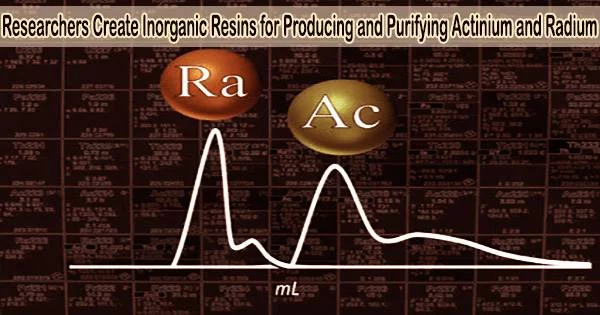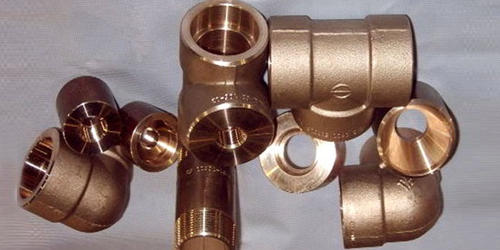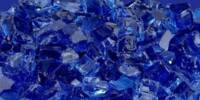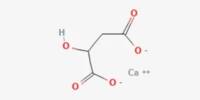Radium and actinium are both chemical elements that belong to the group of elements known as the actinides. These elements have unique properties due to their electronic configurations and are part of the larger group of elements known as the rare earth metals or rare earth elements.
Targeted alpha therapy can destroy cancerous cells without harming healthy cells. It’s especially useful for treating metastasized cancers. Novel radioactive isotopes are being created and sold by the Department of Energy (DOE) Office of Science’s Isotope Program for targeted alpha treatment.
Targets made of radium are bombarded with neutrons to produce the isotope actinium-225. How to chemically separate the radium from the actinium presents a hurdle for this procedure. Due to a radioactive process known as alpha decay, this can obliterate common separating equipment.
Recently, scientists have looked into using radiation-resistant inorganic resin scaffolds as platforms for radium, actinium, and lead separation.
Demand and production of actinium-225 (Ac-225) and other alpha-emitting radioisotopes are increasing. These novel resins will aid in the distribution and purification of these vital isotopes.
As production increases, radiation levels will also increase. Chemical processes need to be robust in these hazardous environments. The production of alpha-emitting radioisotopes will be safer and more cost-effective thanks to these new resins and the most recent research.
In the context of the massive manufacturing of radioisotopes used in targeted alpha therapy, researchers at the Argonne National Laboratory investigated novel materials that could support and promote the efficient separation of radium and actinium.
Increasing radiation levels are a side effect of scaling up manufacturing to fulfill the enormous demand for these radioisotopes, despite the fact that they have the potential to have significant effects in the treatment of cancer. This creates new sets of challenges, particularly radiation damage to process equipment.
The fundamental radiochemical separations of radium, actinium, and lead were studied in relation to this new family of radiation-resistant materials. They ultimately came to the conclusion that zirconium-based materials are the best platform after thorough screening based on separation effectiveness and chemical durability.
Both radium and actinium are highly radioactive and emit ionizing radiation, which can be harmful to living organisms if not handled properly. Because of this, their use is heavily regulated and limited to specific applications, mostly in the medical and scientific fields.
The results showed that using relatively basic chemicals, it was possible to separate radium from actinium with good efficiency and extraordinary radiopurities. The DOE Isotope Program’s goal of conducting research and development on novel and enhanced isotope synthesis and processing for high-priority, cancer-fighting radioisotopes is furthered through these initiatives.
















